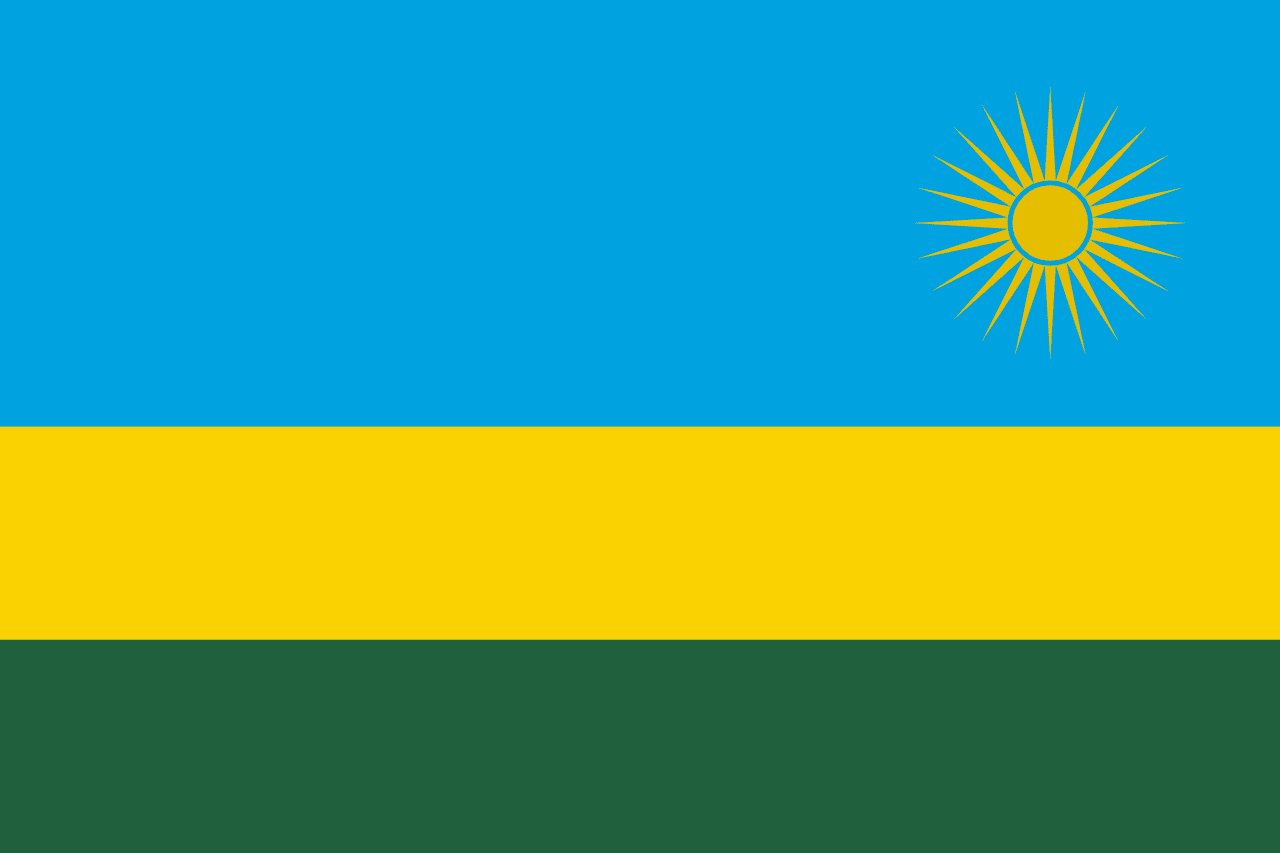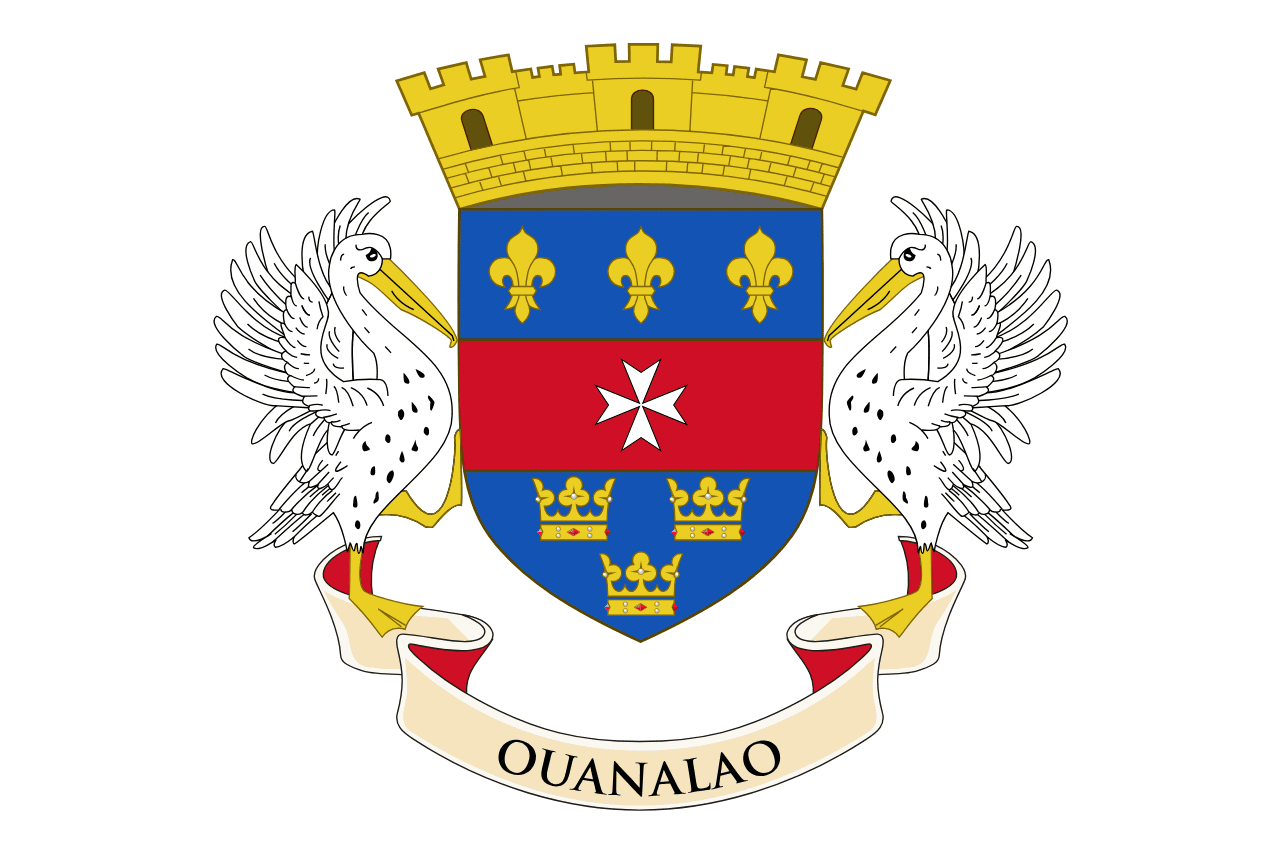La bandera de Santa Elena consiste en un campo azul con la Union Jack en la esquina superior izquierda y el escudo de armas de Santa Elena centrado en el lado de onde. Este diseño refleja el estatus de Santa Elena como un Territorio Británico de Ultramar y su identidad única como una isla remota en el Océano Atlántico Sur.
Información sobre Santa Elena
| Día de la Bandera Nacional | 21 de mayo |
| Estado soberano | No |
| Nombre oficial | Santa Elena, Ascensión y Tristan da Cunha |
| Capital | Jamestown |
| Población | 4,500 |
| Área | 308 km² |
| Moneda | Libra de Santa Elena (SHP) |
| Idioma | Inglés |
| Continente | África |
| Región | África Occidental |
| Subregión | — |
| Fronteras | — |
| Zona horaria | Hora del Meridiano de Greenwich (GMT) |
| Código telefónico | +290 |
| Dominio de nivel superior | .sh |
Historia de la bandera de Santa Elena
 La actual bandera de Santa Elena fue adoptada oficialmente el 4 de octubre de 1984. Antes de esto, la isla usaba el Ensign Azul Británico con el escudo de armas, como muchos otros territorios británicos. La adopción de la nueva bandera coincidió con un período de mayor conciencia sobre la identidad única de Santa Elena dentro de los territorios británicos de ultramar. El diseño mantiene fuertes vínculos con la herencia británica mientras incorpora elementos únicos de Santa Elena.
La actual bandera de Santa Elena fue adoptada oficialmente el 4 de octubre de 1984. Antes de esto, la isla usaba el Ensign Azul Británico con el escudo de armas, como muchos otros territorios británicos. La adopción de la nueva bandera coincidió con un período de mayor conciencia sobre la identidad única de Santa Elena dentro de los territorios británicos de ultramar. El diseño mantiene fuertes vínculos con la herencia británica mientras incorpora elementos únicos de Santa Elena.
Simbolismo y diseño de la bandera de Santa Elena
El diseño de la bandera está lleno de simbolismo, representando tanto los vínculos británicos de Santa Elena como sus características únicas:
- El campo azul representa el Océano Atlántico Sur circundante, enfatizando la ubicación aislada de Santa Elena.
- La Union Jack en la esquina superior izquierda simboliza el estatus de Santa Elena como un Territorio Británico de Ultramar y sus lazos históricos con el Reino Unido.
- El escudo de armas presenta una costa rocosa y un barco de vela de tres mástiles, representando el terreno accidentado de Santa Elena y su herencia marítima.
- El plover de Santa Elena, localmente conocido como el "Wirebird", está representado en el escudo. Esta especie de ave endémica es un símbolo de la biodiversidad única de la isla.
Uso y significado de la bandera de Santa Elena
 La bandera de Santa Elena se usa en diversas funciones oficiales en la isla. Ondean sobre edificios gubernamentales, se exhiben durante ceremonias oficiales y representan a Santa Elena en contextos internacionales. La bandera juega un papel crucial en fomentar un sentido de identidad y unidad entre la pequeña población de la isla, que cuenta con aproximadamente 4,500 habitantes. Es especialmente prominente durante las celebraciones del Día de Santa Elena el 21 de mayo, conmemorando el descubrimiento de la isla en 1502.
La bandera de Santa Elena se usa en diversas funciones oficiales en la isla. Ondean sobre edificios gubernamentales, se exhiben durante ceremonias oficiales y representan a Santa Elena en contextos internacionales. La bandera juega un papel crucial en fomentar un sentido de identidad y unidad entre la pequeña población de la isla, que cuenta con aproximadamente 4,500 habitantes. Es especialmente prominente durante las celebraciones del Día de Santa Elena el 21 de mayo, conmemorando el descubrimiento de la isla en 1502.
Datos interesantes sobre Santa Elena
- Santa Elena es una de las islas habitadas más remotas del mundo, ubicada a unos 1,200 millas de la costa oeste de África.
- La isla es famosa por ser el lugar del exilio de Napoleón Bonaparte desde 1815 hasta su muerte en 1821. Longwood House, donde vivió, ahora es un museo.
- Santa Elena tiene un ecosistema único con muchas especies endémicas de plantas y animales, incluido el plover de Santa Elena, que aparece en la bandera y está en peligro crítico de extinción.
- La isla obtuvo su primer aeropuerto en 2016, lo que mejoró significativamente su accesibilidad y el potencial para el desarrollo del turismo.
- Santa Elena, junto con la isla de Ascensión y Tristan da Cunha, forma un solo Territorio Británico de Ultramar, aunque cada isla tiene su propia bandera.





